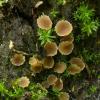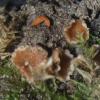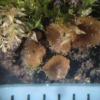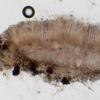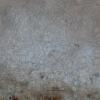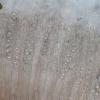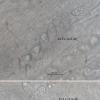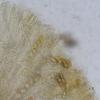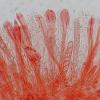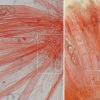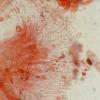
09-12-2025 12:06
 Andgelo Mombert
Andgelo Mombert
Bonjour,Je recherche l'article concernant Hypobryo

07-12-2025 16:07
Arnold BüschlenHallo, ich habe in einer Moos-Aufsammlung (epiphy

08-12-2025 21:04
Mark Stevens"Hello everyone,I'm relatively new to microscopy (

08-12-2025 18:59
 Lothar Krieglsteiner
Lothar Krieglsteiner
.. found by a seminar-participant, I do not know t

08-12-2025 17:37
 Lothar Krieglsteiner
Lothar Krieglsteiner
20.6.25, on branch of Abies infected and thickened

16-03-2014 22:00
Hello,I found this species a few months ago but ha

08-12-2025 13:39
Thomas Læssøehttps://svampe.databasen.org/observations/10572899
Sepultariella semi-immersa
Riet van Oosten,
17-10-2025 18:45

Hello,
Found by Laurens van der Linde, Oct. 2025.
Apothecia < 3 mm.
Asci with crozier.
IKI-
Could this be Sepultariella semi-immersa?
Greetings, Riet
Marek Capoun,
20-10-2025 21:14

Re : Sepultariella semi-immersa?
The spores are little bit larger, but I don't know, what else could it be.
Regards, Marek
Regards, Marek
Riet van Oosten,
20-10-2025 21:17

Re : Sepultariella semi-immersa?
Thank you very much Marek!
Daniel Ghyselinck,
21-10-2025 22:16
Re : Sepultariella semi-immersa
Although the apothecia are very small, with this size of spores, I wonder if it is not rather L. patavina ?
Dougoud in Fungi non Delineati XVIII gives (18,5) 19,5 - 22,5 x 9 - 11,2 µm for Leucoscypha semiimmersa, and 20,6 - 25,6 x 10 - 11,5 µm for L. patavina.
Best regards,
Daniel
Dougoud in Fungi non Delineati XVIII gives (18,5) 19,5 - 22,5 x 9 - 11,2 µm for Leucoscypha semiimmersa, and 20,6 - 25,6 x 10 - 11,5 µm for L. patavina.
Best regards,
Daniel
Marek Capoun,
21-10-2025 23:29

Re : Sepultariella semi-immersa
I assessed it according to the first part of the Contribution à la connaissance des Pézizales (Ascomycota) de Rhône-Alpes by N. Van Vooren, he gives here for Leucoscypha semi-immersa 21–26 x 10.5–12.5 µm and for L. patavina (22) 23–30 (31) x 9.5–13 µm.
Daniel Ghyselinck,
22-10-2025 09:29
Re : Sepultariella semi-immersa
Oh yes, indeed. These two taxa seem very close!

